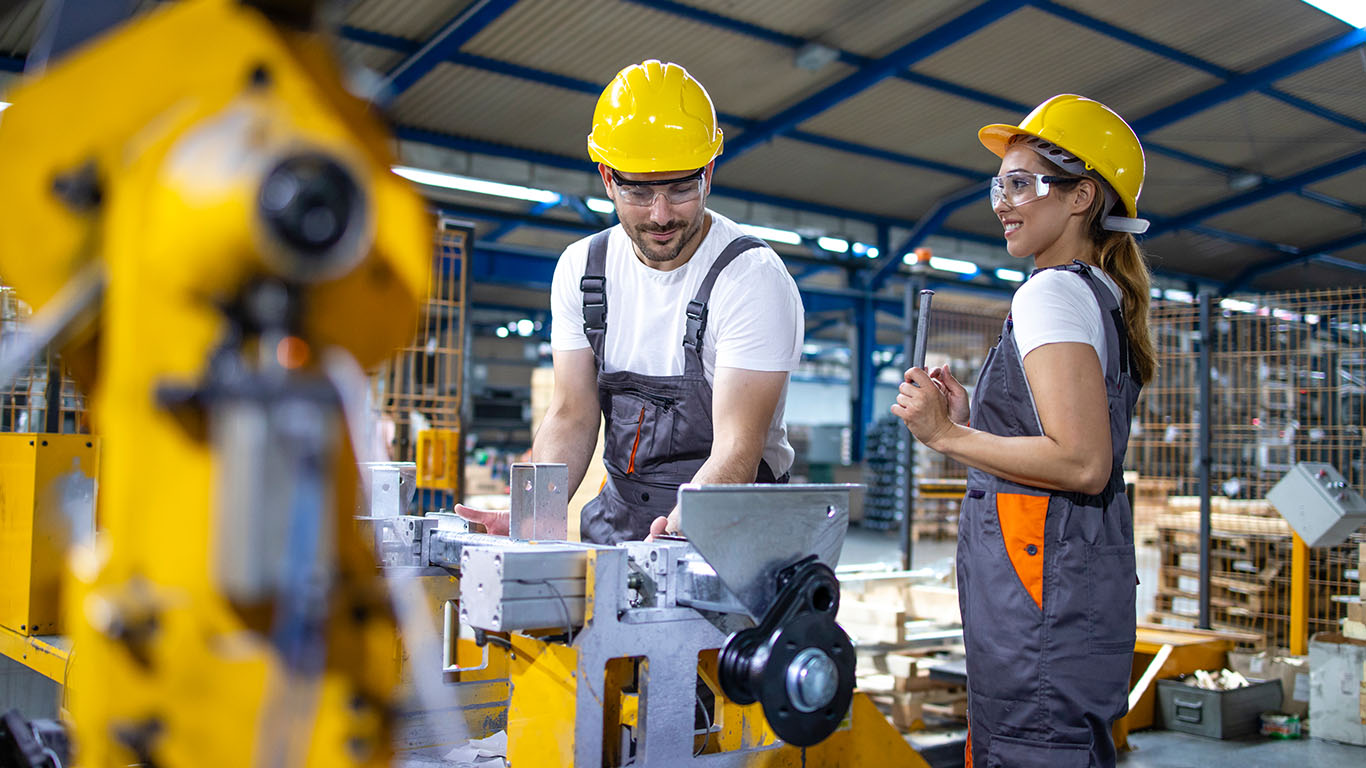
To start, it can spot odd patterns that point to wear or breakdown—stuff that might slip by unnoticed otherwise. It's also able to predict when a part will give out looking at how it's acted before and how it's doing now. What's more, AI can set off warnings or even call for fixes when things get too risky. And maybe the biggest thing: it makes sure upkeep happens right when it needs to—not too early, not too late—so we use our resources well. The benefits of this are hard to ignore. Factories can avoid surprise breakdowns that bring production to a halt. Maintenance budgets can stretch further because work is done only when it’s really needed. Equipment lasts longer because it's being taken care of more precisely. Safety improves because machines are kept in better condition. And with the help of edge computing and cloud systems, all of this can happen in real time—right on the factory floor. Let’s take a real-world example. In one automotive plant, AI-driven sensors were installed on robotic arms and conveyor belts. Over time, the system “learned” what normal operation looked like. Then, it started spotting subtle changes in vibration that suggested a misalignment. Weeks before anything failed, the system raised a red flag. The team scheduled a quick fix during planned downtime and avoided a costly breakdown that would’ve shut down the line. Sure, there are challenges. AI requires a lot of good data to learn from, so it's not uncommon for factories to lack systems for collecting data. There may not be a way for older machines and legacy systems to play well with new technologies. And while AI certainly requires some configuration of sensors and software upfront, nailing everything takes money to get started. Sure, this is an investment. But let me make one thing clear: we are not just talking some new high-tech trend that will come and go. Predictive maintenance will only increase in intelligence and accessibility as Industry 4.0 evolves, more factories embrace IoT, bounds of edge computing grow, and 5G reality sets in. If manufacturers want to remain competitive and reduce downtime while ensuring operational resiliency, predictive maintenance quickly becomes an expected facet of operation. In other words: AI-powered predictive maintenance is no longer the future, it is now. And AI-based predictive maintenance solutions are already allowing manufacturing operations all over the world to work smarter, safer, and more efficiently than before.
Didn't Find What You Were Looking For?
Let Us Help You